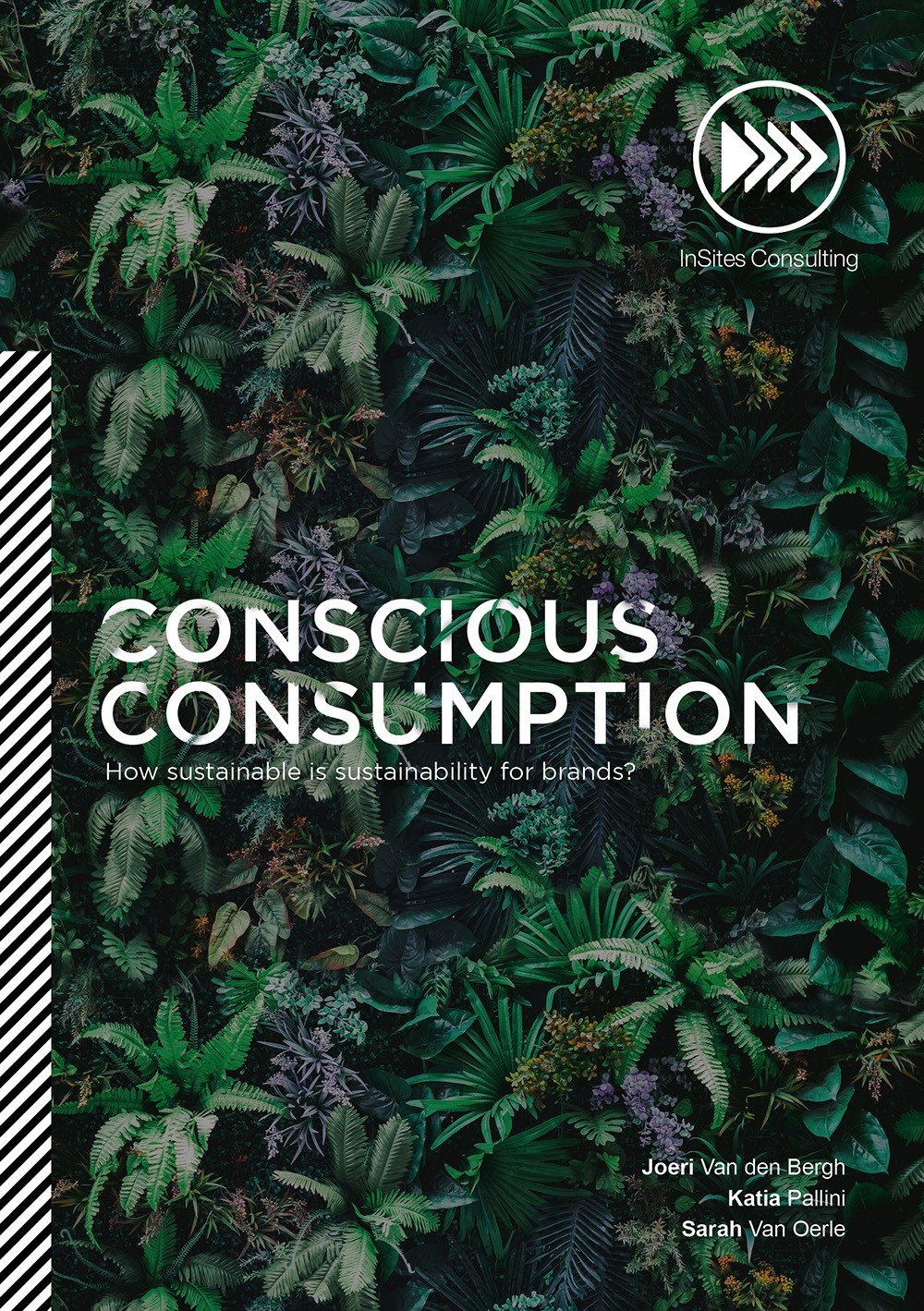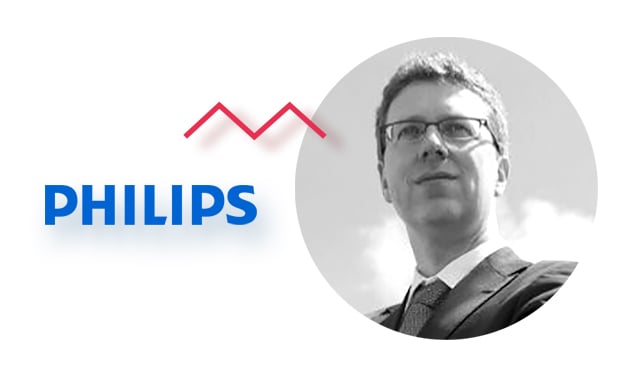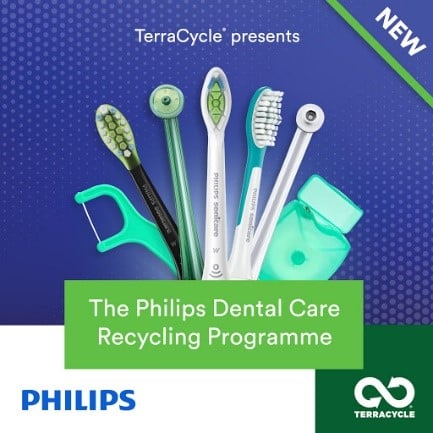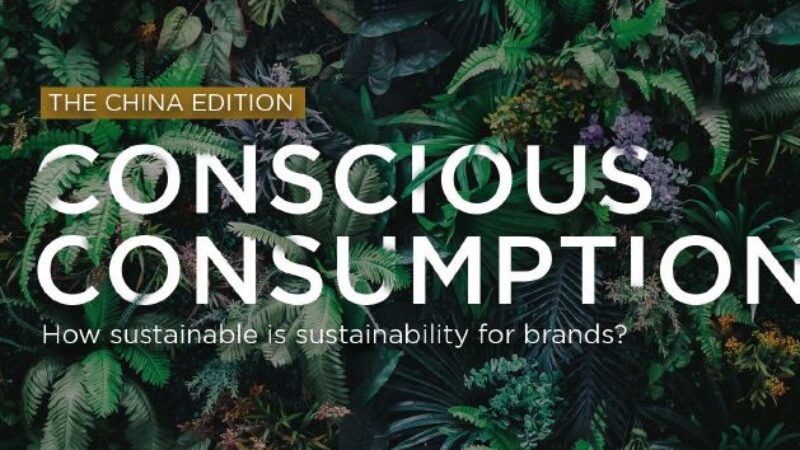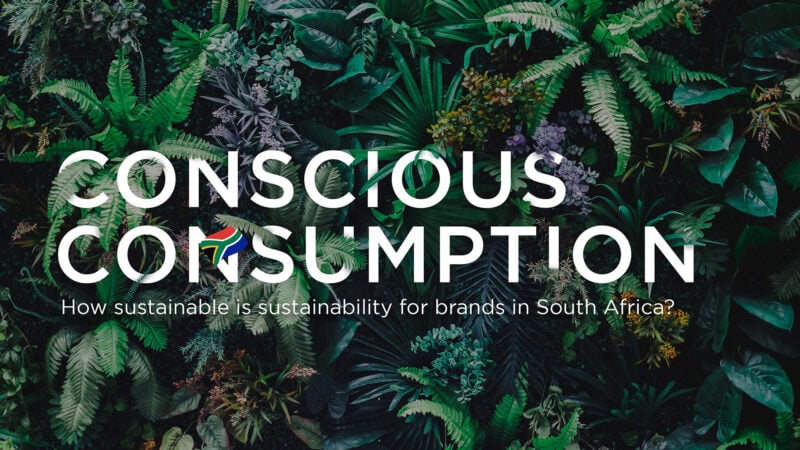ZERO WASTE
Q: By embedding circular practices, Philips aims to drastically reduce and eventually eliminate waste from its sites. What are you doing to achieve this?
“First of all, all of Philips’ 25 industrial sites sent zero waste to landfills at year end 2021, and we are broadening this target to also include non-manufacturing sites operated by Philips by 2025. Secondly, we are increasingly focused on Circular Materials Management. This involves recognizing the value of materials and planning for their second and third uses by finding opportunities for re-use, repurposing, refurbishing, reduction (avoidance), composting, supplier packaging reuse, etc. In 2021, we produced approx. 22 kilotons of waste in our operations, 87% of which now gets repurposed.
Next to our own operations, we are expanding our recycling partnership with TerraCycle to ensure power toothbrush heads, electric flosser nozzles and other oral healthcare products are taken care of responsibly after use.
As part of the ‘Philips Dental Care Recycling Programme’, consumers in several European countries can now collect their dental-care products after use and bring them to the nearest drop-off location, where they are taken care of responsibly.
Extending the life cycle of our products through upgrades, and moving from physical products to software-based solutions, are other instruments that play important roles in our drive to become more sustainable. Increasingly, we will also communicate on our consumer website about the sustainability proof points of our products, to motivate end users to make sustainable choices.
We are also experimenting with new service models – like the lease model we have in place for our hair removal device ‘Lumea Prestige’. Consumers subscribe to use the device, and after the subscription period, the devices are returned and are tested, reprocessed and repacked for another use cycle. During their subscription period, consumers are allowed to purchase the device. Experimenting with these models helps us to understand how we can reduce our environmental impact by savings in materials and manufacturing.”
